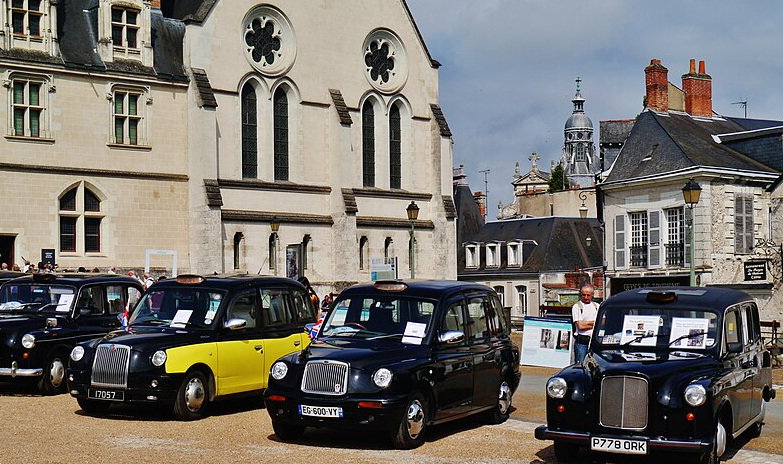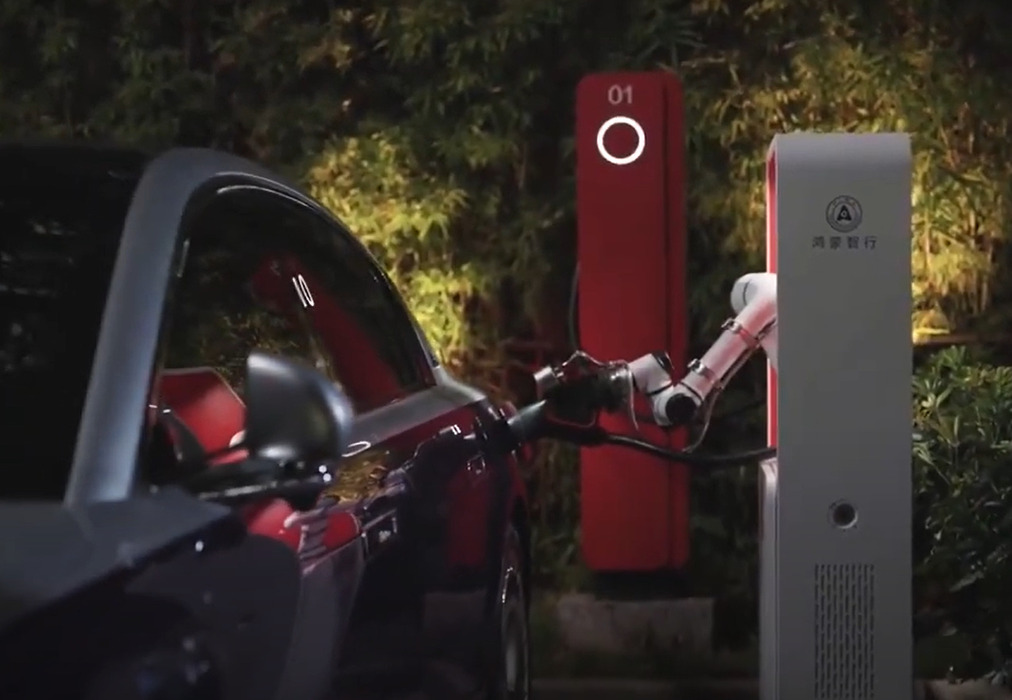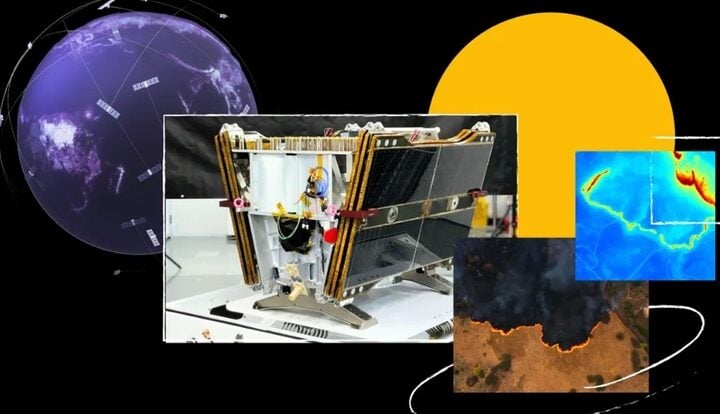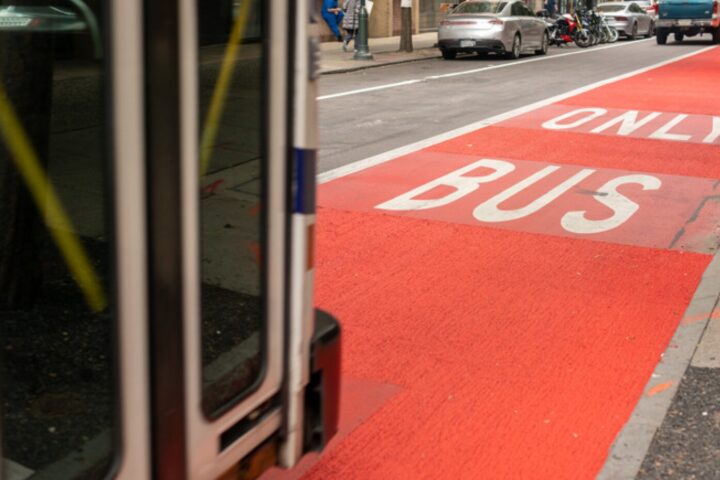London taxi drivers are showing AI developers a smarter way to plan routes through complex city streets. New research reveals these skilled navigators use sophisticated mental strategies that current AI systems haven’t mastered.
A study published in PNAS by researchers from the University of York, University College London, and the Champalimaud Foundation examined how London’s taxi drivers plan their routes across the city’s 26,000 streets. The findings show a stark contrast between human and machine navigation methods.
“London is incredibly complex, so planning a journey in a car ‘off the top of your head’ and at speed is a remarkable achievement,” says Dr. Pablo Fernandez Velasco from the University of York. While AI navigation systems calculate every possible route, taxi drivers first identify and solve the most challenging parts of the journey, then fill in the rest.
The research team measured drivers’ thinking time as they planned routes across London. Instead of planning street-by-street like most navigation systems, the drivers quickly identified critical junctions and challenging areas, creating a mental framework for the entire journey.
This efficient approach stems from the drivers’ unique brain structure. Previous studies show London cabbies have a larger posterior hippocampus – the brain region responsible for spatial memory – developed through their extensive training and experience.
Similar Posts
“This study certainly confirms what other studies have found – the London taxi driver’s brain is incredibly efficient and its larger volume is put to good use in making sense of a highly complex city like London,” notes Professor Hugo Spiers from University College London.
The implications for AI development are significant. Dan McNamee from the Champalimaud Foundation explains, “The development of future AI navigation technologies could benefit from the flexible planning strategies of humans, particularly when there are a lot of environmental features and dynamics that have to be taken into account.”
To put the challenge in perspective: planning a route across 30 streets using current AI methods would require evaluating over one billion possible street sequences. Human drivers bypass this computational burden through experience-based decision-making.
The research suggests that future navigation systems could be more efficient by adopting human-like strategies, focusing on critical decision points rather than exhaustively calculating every possibility. This could lead to faster, more adaptable navigation systems that better handle real-world complexity.
The study, supported by the British Academy, EPSRC UK, and Ordnance Survey, opens new possibilities for human-AI collaboration in solving complex routing challenges. As cities grow more complex, the lessons learned from London’s taxi drivers could help create smarter, more intuitive navigation systems for everyone.


















